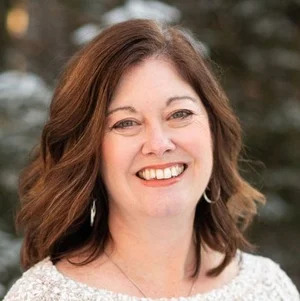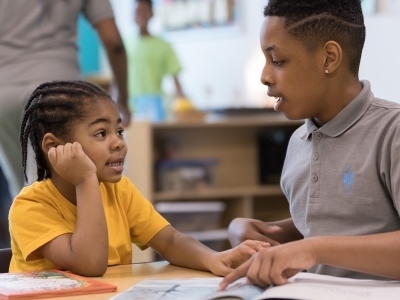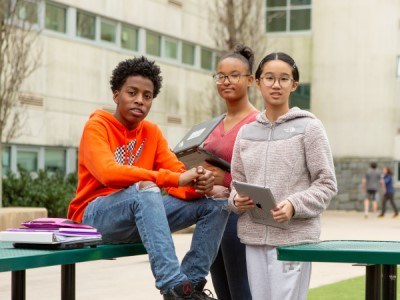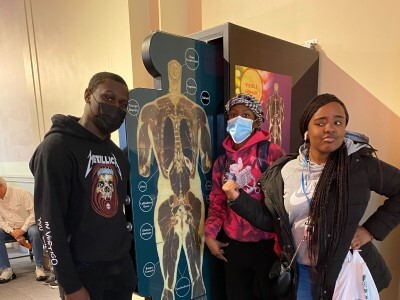How Wyoming RIDE Is Reimagining Student Assessment
Topics
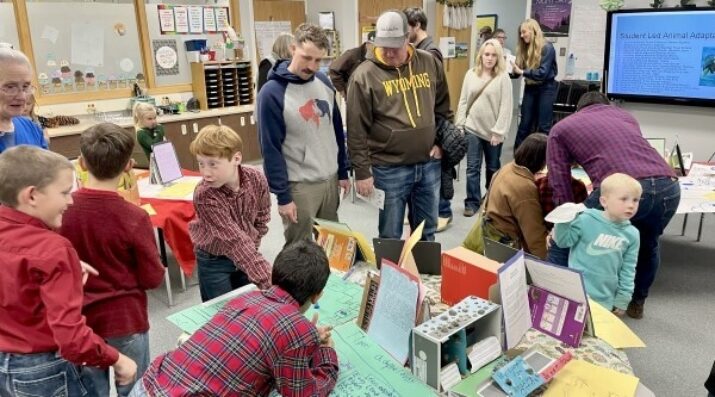
Educators are rethinking the purposes, forms, and nature of assessment. Beyond testing mastery of traditional content knowledge—an essential task, but not nearly sufficient—educators are designing assessment for learning as an integral part of the learning process.
Wyoming RIDE is working to demonstrate a way for assessment to promote growth, create greater relevance and authenticity, amplify student agency, and spark curiosity.
“Forward is a pace.” A marathon runner spoke those words during a television interview prior to a race. While they likely resonate with anyone who has ever struggled to run distances, they are also applicable in terms of transforming educational assessment. The idea of creating authentic assessments that support growth is not new. However, progress toward that vision becoming a reality continues to be slower than many people would like to see.
What will it take for assessment to become a lever for doing more than memorializing student learning? How might assessment promote growth while creating greater relevance and authenticity for students? Is it possible to amplify student agency and spark curiosity through assessment? Insight into possible answers to these questions might lie in the work taking place across the state of Wyoming through RIDE - Reimagining and Innovating the Delivery of Education.
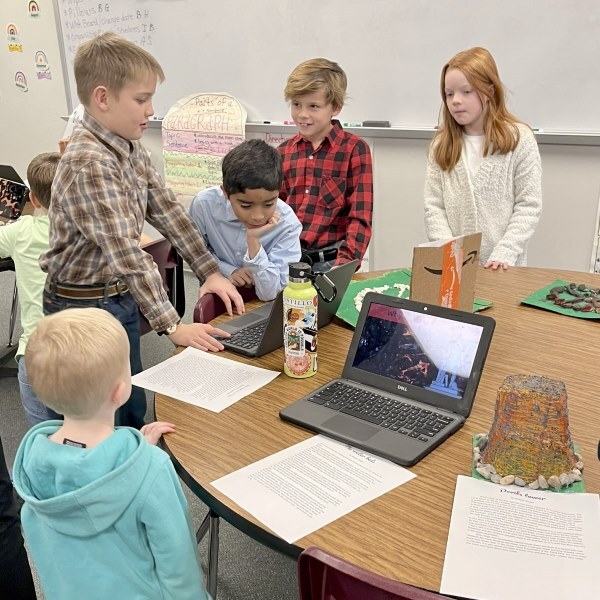
What Is WY RIDE?
WY RIDE is a statewide initiative aimed at transforming education so it more effectively meets the needs of students, preparing them for success in life. The project leverages a unique, collaborative partnership among six entities. They include the Governor’s Office, the State Board of Education, the Department of Education, the Superintendents’ Association, the Community College Association, and the University of Wyoming. The focus is on elevating student-centered practices, at both classroom and system levels. While the idea of transforming education is not new, sustained educational innovation tends to occur in small pockets. The system itself remains rigid. RIDE is committed to realizing a flexible system that is responsive to today’s students’ needs.
Each of the 20 school districts and three community colleges participating in RIDE approached the work in ways that were relevant and meaningful to their local communities. Regardless of the entry point, each district has needed to make shifts in assessment practices. As a result, their assessment processes are becoming more and more student-driven while supporting the deep learning articulated in their statewide Profile of a Graduate. They are taking the first steps to increased relevance through small shifts in assessment practices.
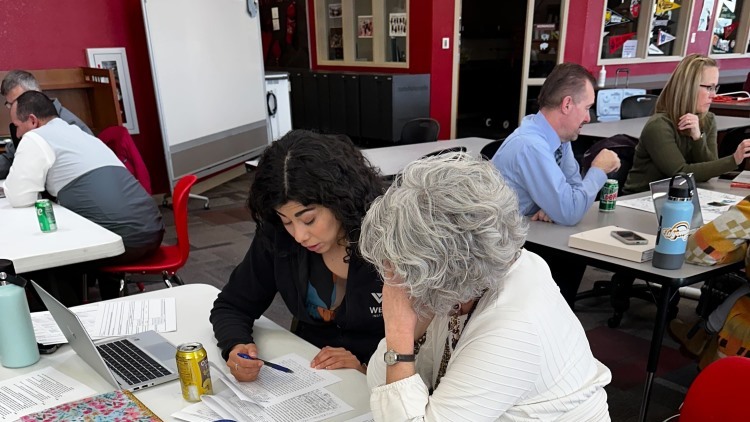
Cultivating Learner Agency through Assessment
The term assessment comes from the Latin assidere, which means to sit beside (Heritage, 2010). This definition is in stark contrast to the ways many students experience assessment. Too often, assessment is something that is done to students, rather than a process in which students are partners in demonstrating understanding and identifying next steps in learning. Research suggests that learner agency, or sense of ownership, control, and participation in their learning process, is positively correlated with improved academic achievement (Mitra, 2004). At the same time, measuring the durable skills that communities across this country have identified as critical for life success is not well accomplished using multiple choice items. If durable skills (i.e., communication, collaboration, critical thinking, and creativity) are to have currency, students will need opportunities to practice them and progress must be communicated. Leveraging assessment as a strategy for educational transformation will require a significant shift in mindsets, roles, and practices.
When thinking about ways to amplify student voice and agency within assessment, it is helpful to think along a continuum of being teacher-controlled on one end and learner-designed on the other. Then, there are opportunities to allow students to inform or co-design in the middle. Consider the following:
- Purpose: What is being assessed?
- Process: How will students engage to learn the target skills and concepts?
- Product: What evidence/artifact will be produced?
Reflecting on these three entry points can help to surface opportunities for students to begin to take a more active role within the assessment process. Building agency through assessment means thinking about the BIG ideas and creating meaningful opportunities for students to make decisions, leading to increased motivation. It also means finding the right balance for what is teacher directed and where student voice is amplified.
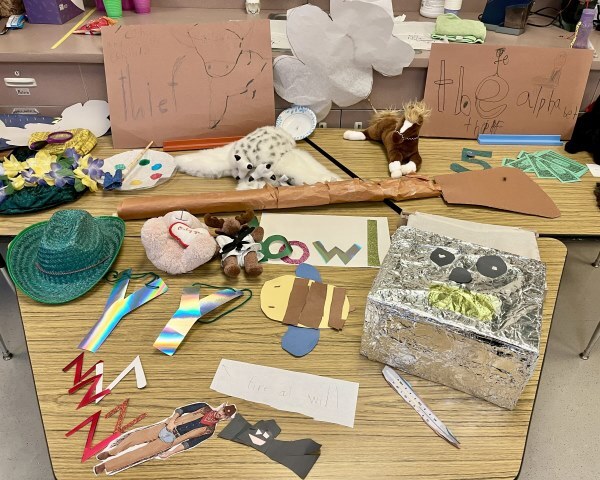
Capturing the Power of Performance Assessment
One strategy for building agency through assessment is to integrate the power of high quality performance tasks within local assessment systems. A high quality performance assessment is a “multi-step assignment with clear criteria, expectations, and processes which measure how well a student transfers and applies knowledge and complex skills to create or refine an original product and/or solution” (Brown & Mednick, 2012). It should address clear learning targets, both academic and durable skills, while requiring students to use those skills in a meaningful context. At the same time, it should be both cognitively rigorous and accessible.
Effectively building teachers’ skill in developing and implementing performance assessment across a system does not occur over night. It’s one thing to engage a small group of educators—it’s quite another to scale it across an entire school district. In Kemmerer, Wyoming, educators accessed a combination of outside support, internal coaching, and AI to embark on this journey. The work started with a small group of interested educators to develop lead learners, and grew to full district implementation in their second year. While they benefitted from external expertise, they also recognized that educators needed internal leadership and access to consistent, on-demand support within the buildings to be successful. Instructional facilitators empowered teachers by asking questions, building from strengths, and focusing on one thing at a time. AI was leveraged to improve task and rubric quality, with teachers using specific prompts with copies of their draft assessments to generate feedback relating to cognitive complexity, accessibility, authenticity, and alignment to learning targets. Throughout the process they continued to communicate the “why” behind their work, reinforcing the benefits of developing agency within students. Most importantly, they also took time to reflect on and celebrate the impact, both from teachers’ perspectives and by listening to the voices of students. Over a two year period, educators collaborated to design, validate, and implement two performance-based assessments. Those first steps are resulting in growing momentum.
Performance assessment also has the power to create new opportunities for students through connections. Teams of educators working collaboratively to design high quality assessments is not a novel idea. But, what if those teams included educators from a high school and a community college, working to leverage performance assessment as a tool to create more onramps to achieve common outcomes and increase options for students? This is what is taking place in Riverton, Wyoming. In their first year, leaders from the district and local community college came together to improve assessment practices, with educators from multiple departments collaborating to identify commonalities across the two organizations. As a result of the increased alignment, students are able to move through requirements more quickly, creating greater engagement and opportunity. As these types of partnerships grow, so does the pace of change across both organizations.
Watch
In the following video, a Wyoming student presents a performance assessment following a work-based learning experience at a local hospital.
Assessing Durable Skills
Another way to generate momentum for authentic assessments to support growth is to think differently about assessing durable skills such as communication, critical thinking, and creativity. These skills are often considered critical for student success (Levine, 2021), yet are difficult to capture using traditional assessment methods. While many people picture assessment to be students sitting in rows and completing a traditional “test,” there are so many other ways to gather evidence of student learning. Structures such as exhibitions of learning, student-led conferences, and portfolio defenses are opportunities to empower students to demonstrate their learning of durable skills in meaningful and authentic ways.
Durable skills can be developed through many different learning experiences, both within and beyond the school. The growing interest in leveraging work-based learning (Martinez et al., 2024) presents a unique opportunity. These career-connected learning experiences have been found to have a positive impact on students (Mowreader, 2024) and are considered to be a critical component for student success (Alstadt et al., 2020). Capturing aligned learning can be a challenge, but a capstone portfolio defense is one way to overcome it. While the defense typically occurs at the end of an experience, success requires thoughtful planning and engagement throughout the process. It begins with clear articulation of intended learning outcomes, which can include both traditional academic standards and durable skills.
In Green River, Wyoming, students collaborate with educators to determine outcomes aligned to their state Profile of a Graduate and their personal learning goals. From there, students engage in their work-based learning experiences, reflecting on successes, challenges, and learning. The on-going reflections are critical. They provide a window into what is taking place and document the learning journey. At the end of the experience, the student reflects on the intended learning goals and gathers a portfolio of evidence to demonstrate their learning. Finally, that learning is shared in a formal presentation with an authentic audience that includes school staff, caregivers, and/or community partners. These capstone presentations are so much more than a description of what students did in their work-based learning experiences—they are deep reflections about learning and growth. As one student in Green River shared, her work-based learning experience, including the capstone presentation, was “the most reassuring and beautiful experience that I’ve ever known going through high school. It was life changing!”
Watch
Although this video is not a formal presentation of learning, within it a student describes her work-based learning placement and all she gained from the experience.
When thoughtfully implemented, career-connected learning has the power to generate real momentum for change in assessment practices. In Green River, they started with three students in work-based learning during the 2023-2024 school year. They gathered feedback, assessed demand, and evaluated impact. This led to an expansion of the program, supporting 24 students in year two. Program leads gathered additional input from students, industry partners, and caregivers to inform next steps. They have set a goal for at least doubling the number of students in the coming year. At the same time, they are engaging with a cohort of classroom teachers to measure the demonstration of durable skills in traditional content areas using high quality performance assessment. While the growth may appear slow, it is intentional and becoming embedded within the fabric of their system. A slow start is generating a large and lasting impact!
Student-driven assessment is not reserved for high school students. It presents an opportunity to shift from assessment being about compliance to creating curiosity at all levels. At the rural K-12 Prairie View Community School, they use exhibitions of learning as an alternative to traditional assessment across all grades. Twice a year, the school hosts a “Student Showcase” where students demonstrate learning to an authentic audience through projects and real-world applications. Their goal is to empower students as owners of their learning while meaningfully engaging families and the broader community. The exhibitions of learning provide a vehicle through which students can demonstrate how they build critical thinking, communication, and collaboration through project-based learning experiences. The process also helps students to develop budgeting, time management, and presentation skills. While the projects are impressive, the focus is on growth and learning. The challenges faced are just as important as the successes. Their exhibitions have led to deep levels of student engagement, stronger connections with families, and improved community involvement with the school. They also have led to increased teacher collaboration and cross-disciplinary planning. Committing to the exhibitions clearly communicates the importance of broadening the definition of assessment.
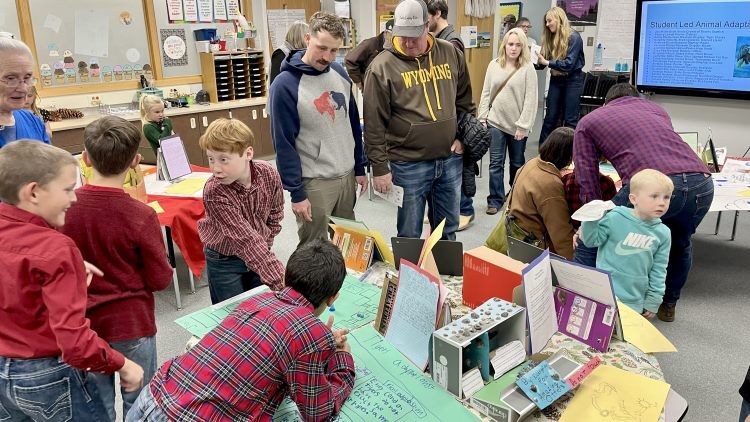
Keep Moving Forward!
Shifting the nature of teaching and learning is possible, and assessment is a spark that can generate change. While large scale transformation may still feel like it is miles away, every journey begins with a first step. Continuing to move forward, making small shifts in assessment practices while shaping hearts and minds, will build the momentum necessary to create the educational system today’s students need. Remember, while it might not be fast, forward is a pace.
References
Altstadt, D., Barrett, L., Cahill, C., Cuevas, E., & Maag, T. (2020, August). Expanding high-quality work-based learning [Policy brief]. Education Commission of the States. https://www.ecs.org/wp-content/uploads/Expanding_High-Quality_Work-Based_Learning-1.pdf
Brown, C., & Mednick, A. (2012). Quality performance assessment: A guide for schools and districts. Center for Collaborative Education.
Formative Assessment: Making it Happen in the Classroom. Margaret Heritage 2010. Corwin.
Martinez, T. O., Pearce, A., & Shoemaker DeMio, P. (2024, April 2). K-12 work-based learning opportunities: A 50-state scan of 2023 legislative action. Center for American Progress. https://www.americanprogress.org/article/k-12-work-based-learning-opportunities-a-50-state-scan-of-2023-legislative-action/
Mitra, D. L. (2004). The significance of students: Can increasing "student voice" in schools lead to gains in youth development? Teachers College Record, 106(4), 651–688.
Mowreader, A. (2024, September 23). Experiential learning helps young people identify career paths. Inside Higher Ed. https://www.insidehighered.com/news/student-success/life-after-college/2024/09/23/career-learning-improves-high-schoolers-hope
All photos courtesy of 2Revolutions.

